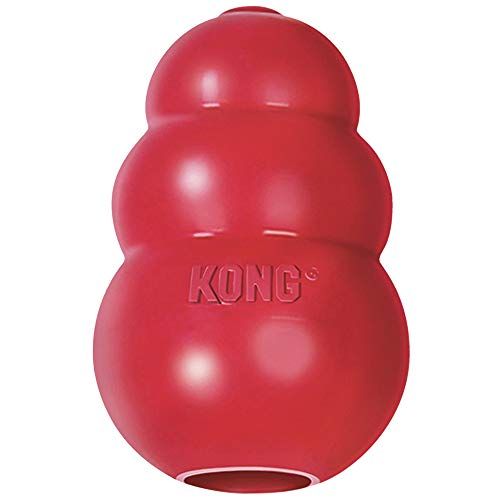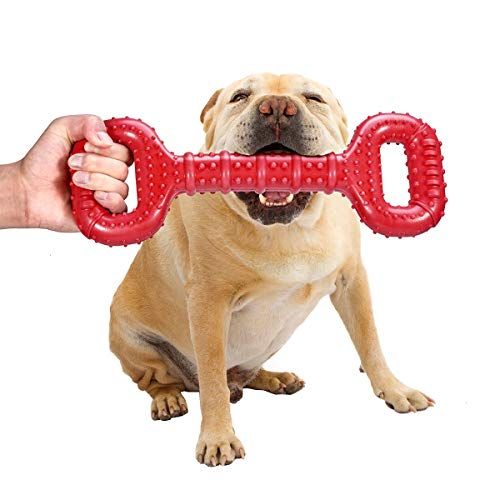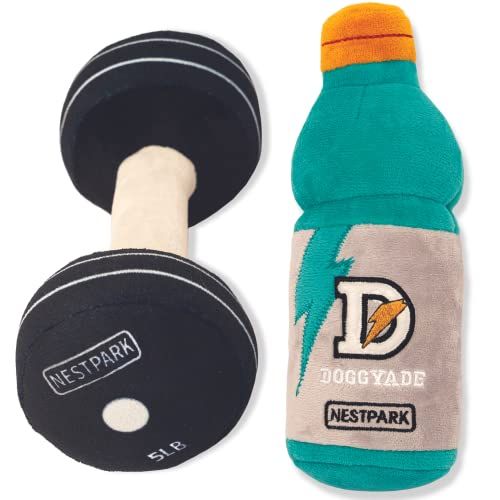'Understanding Your Small Dog's Bathroom Schedule: How Long Can They Hold It?'
Many pet owners wonder about their small dog's bladder capabilities: how long can they really hold their pee? The answer can vary greatly depending on factors such as age, breed, and health. In this article, we will provide you with a comprehensive understanding of small dogs' bathroom schedules, the factors influencing their ability to hold pee, and how to effectively train your furry friend for a happier, healthier home environment.
Understanding your dog's needs is crucial to maintaining their health and wellbeing. One common question among dog owners, particularly those with smaller breeds, is, "how long can little dogs hold their pee?" The answer is dependent on a variety of factors including their age, health, training, and daily routine.
Little dogs, or small breed dogs, typically have smaller bladders. It is logical that they would need to urinate more frequently than larger breeds. However, this is not the only factor to consider. Other elements such as age, health condition, and training also play significant roles.
Puppies, for instance, have limited control over their bladder. They might need to urinate every hour, including during the night. As they grow, their bladder control improves. Generally, by the age of five to six months, puppies should be able to hold their pee for about four to five hours.
Adult dogs, on the other hand, can hold their pee for much longer. An adult dog's bladder is fully developed and can contain more urine. A healthy adult small breed dog can hold its pee for six to eight hours. Some can even hold it for up to ten hours, though this is not recommended as it could lead to urinary tract problems.
Health conditions, particularly those affecting the urinary system, can also influence how long a small dog can hold its pee. Dogs with urinary tract infections, bladder stones, or diabetes may need to pee more frequently. It's essential to monitor your dog's peeing habits and consult a veterinarian if you notice any changes.
How well a dog is trained also impacts how long they can hold their pee. Potty training can teach your dog to control their bladder and understand when and where it's appropriate to pee. A well-trained dog can hold its pee until it's taken outside or to its designated pee spot.
However, expecting your small dog to hold its pee for prolonged periods regularly is not advisable. Doing so can lead to discomfort and possible health problems such as urinary tract infections. Regular bathroom breaks are necessary for their health and comfort.
Let's look at some tips to manage your small dog's peeing habits:
1. Regular Bathroom Breaks: Create a routine that includes frequent bathroom breaks. Puppies may need to go out every hour, while adult dogs can wait a bit longer. Remember, the frequency should be adjusted according to your dog's age, health, and size.
2. Potty Training: Proper training from an early age can help dogs understand when and where to pee. Consistency and patience are key to successful training.
3. Monitor Water Intake: Keep an eye on how much water your dog drinks. Increased water intake can lead to more frequent urination.
4. Diet: A balanced diet can contribute to a healthy urinary system. Avoid foods that might irritate the bladder.
5. Regular Vet Check-ups: Regular veterinary check-ups can help identify any underlying health issues that may affect your dog's urination habits.
In conclusion, several factors influence how long a small dog can hold its pee. It's crucial to understand your dog's needs and provide regular bathroom breaks to maintain their health and comfort.
Find out more: how long can little dogs hold their pee.















